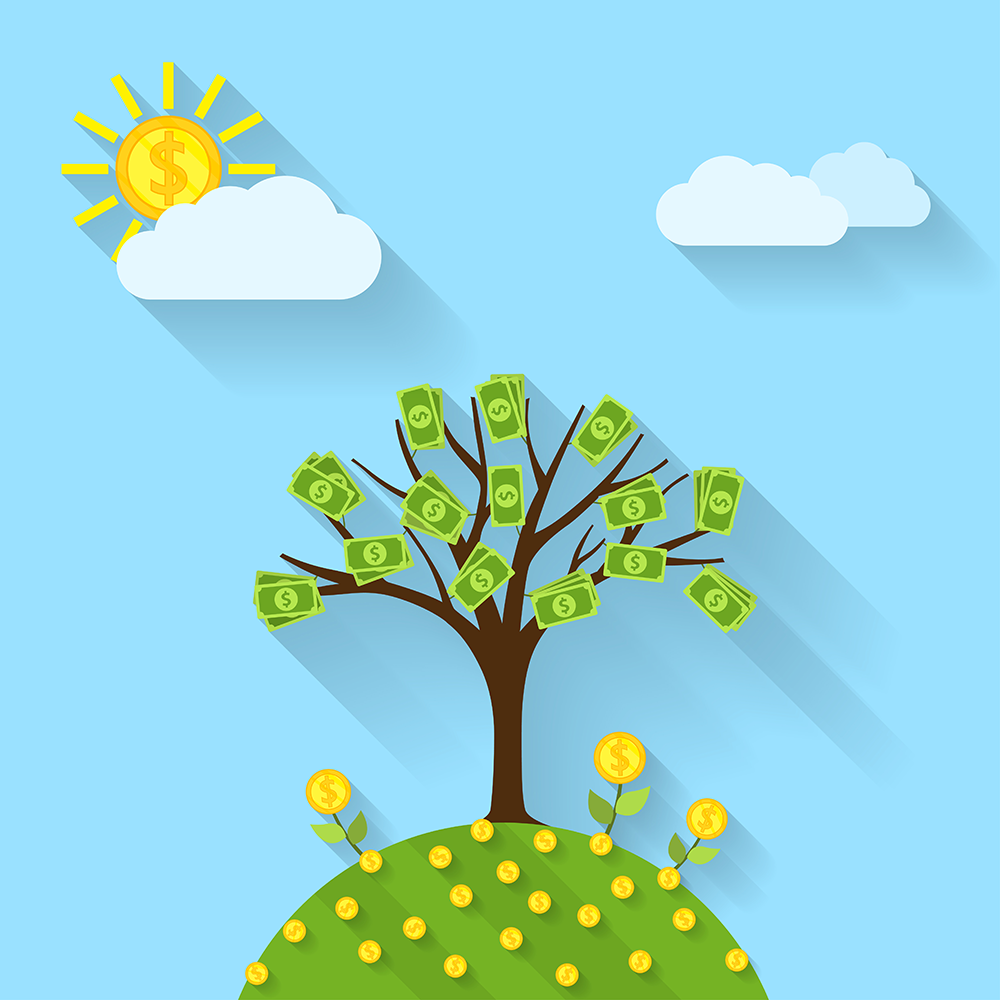
Which is better - an investment offering a 5% return compounded daily or a 6% return compounded annually? The following calculator allows you to quickly determine the answer to these sorts of questions. To calculate your forecasted earnings on an investment, enter your initial investment, the amount you plan to add periodically, the anticipated interest rate, the compounding interval, and how long you anticipate holding the investment.
The three tabs below offer current rates, a graphical calculator with a printable reporting option, and a calculator which deducts income taxes and adjusts for the impacts of inflation on your spending power. We also provide a calculator that lets you enter a savings goal and then solve for the contribution needed to reach a stated goal.
For your convenience current savings rates for high-interest savings, money market accounts and CDs are published below the calculator.
Is your bank offering competitive rates which beat inflation and taxes? If not, you may be able to earn a better rate & make your money work harder by shopping around.
The following table lists currently available rates for savings accounts, money market accounts and CDs.

Since inception in 1927 the S&P has returned about 10% annually. About half of historical returns were driven by dividends, while the other half was driven by capital appreciation.
After subtracting about 3% inflation the real returns were about 7% a year between 1927 and 2014.
In modern financial markets REITs have outperformed the stock market. Between 1970 & 2016 the S&P 500 Index returned an average annual return of 10.31% while REITs returned an average of 11.42%.
Residential real estate returns were around 4.8% nationwide, though some local markets like New York City and San Franscisco have vastly outperformed.
When there is a crisis of confidence in the monetary system as there was in the late 1970s and early 1980s one could beat inflation through interest earned on an ordinary passbook account. Real returns were available because that strategy was perceived as risky.
"The biggest risk is not taking any risk... In a world that changing really quickly, the only strategy that is guaranteed to fail is not taking risks." — Mark Zuckerberg
Money printing by central banks after the Great Recession papered over the financial problems and has many large banks paying interest rates as low as 0.01% or 0.001%. Some of the banks then add in further fees for statements or even charging for deposits, which in turn costs more than the interest earnings. In the modern market one has to go out on the risk curve to obtain returns, which was the entire point of quantitative easing.
"I think we are actually at a point of encouraging risk-taking, and that should give us pause. Investors really do understand now that we will be there to prevent serious losses. It is not that easy for them to make money but that they will have every incentive to take more risk, and they are doing so. Meanwhile, we look like we are blowing a fixed-income duration bubble right across the credit spectrum that will result in big losses when rates come up down the road. You can almost say that is our policy." — Federal Reserve Chairman Jerome Powell, in October of 2012

Explore conventional mortgages, FHA loans, USDA loans, and VA loans to find out which option is right for you.
Check your options with a trusted El Monte lender.
Answer a few questions below and connect with a lender who can help you save today!